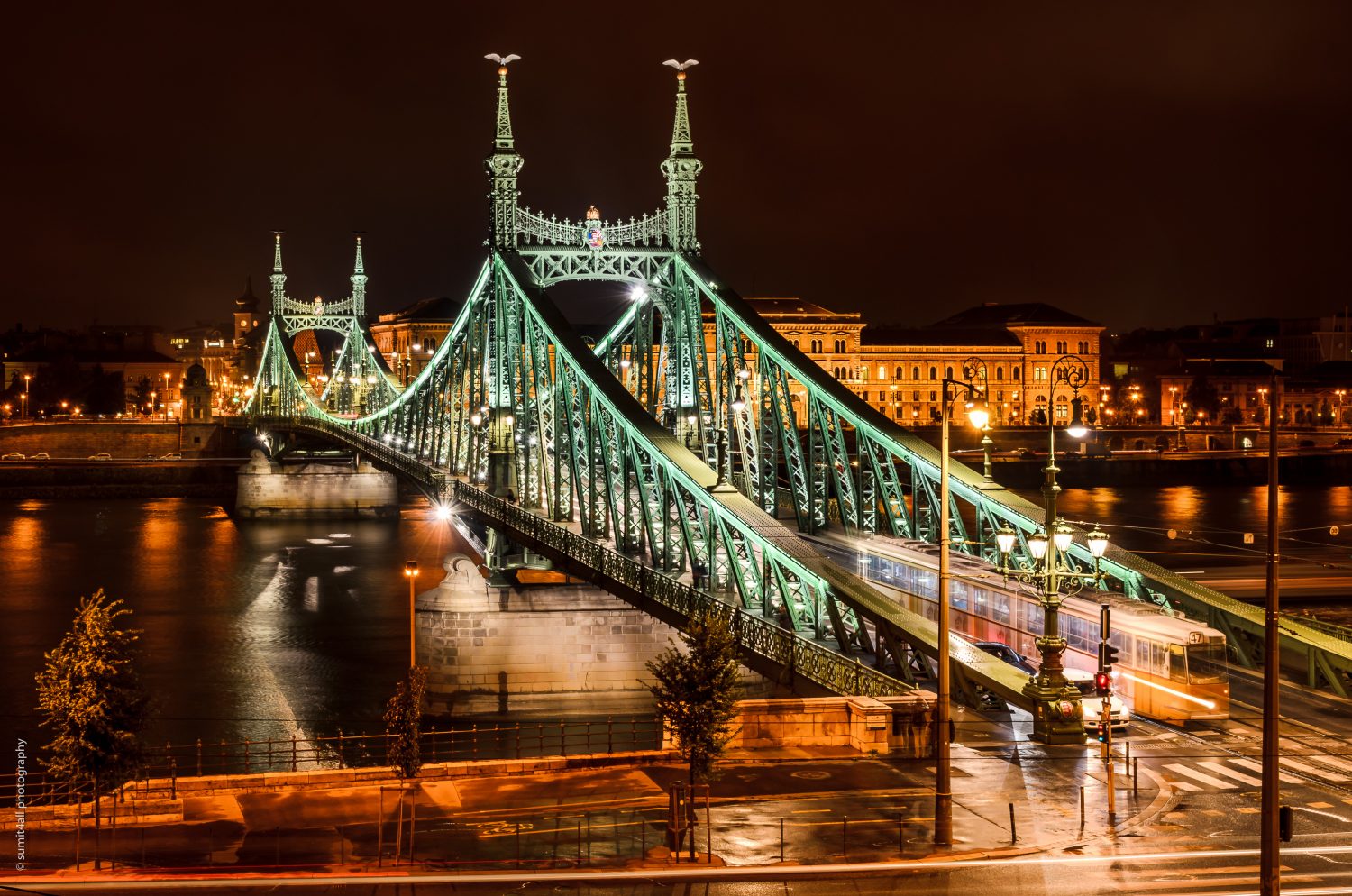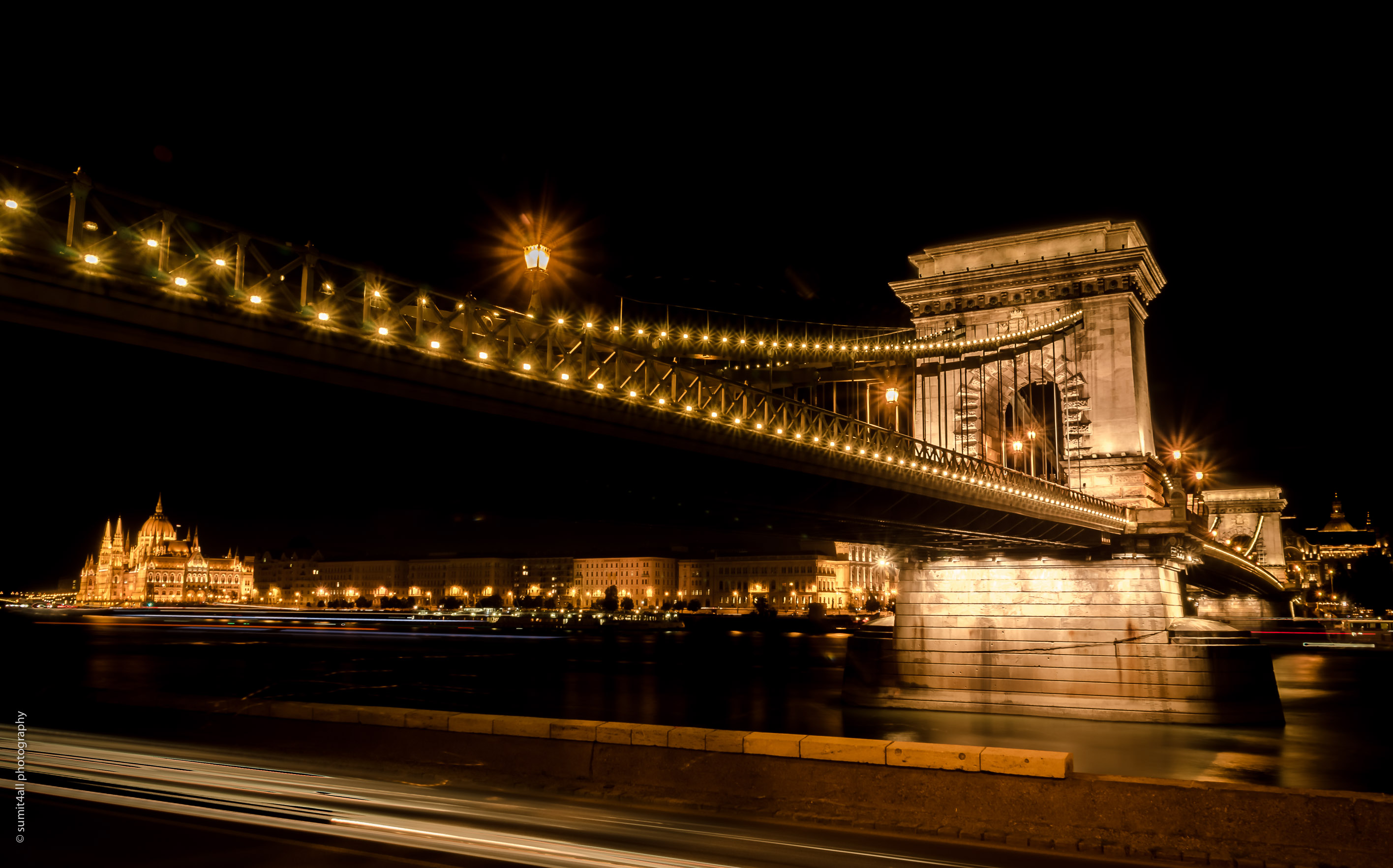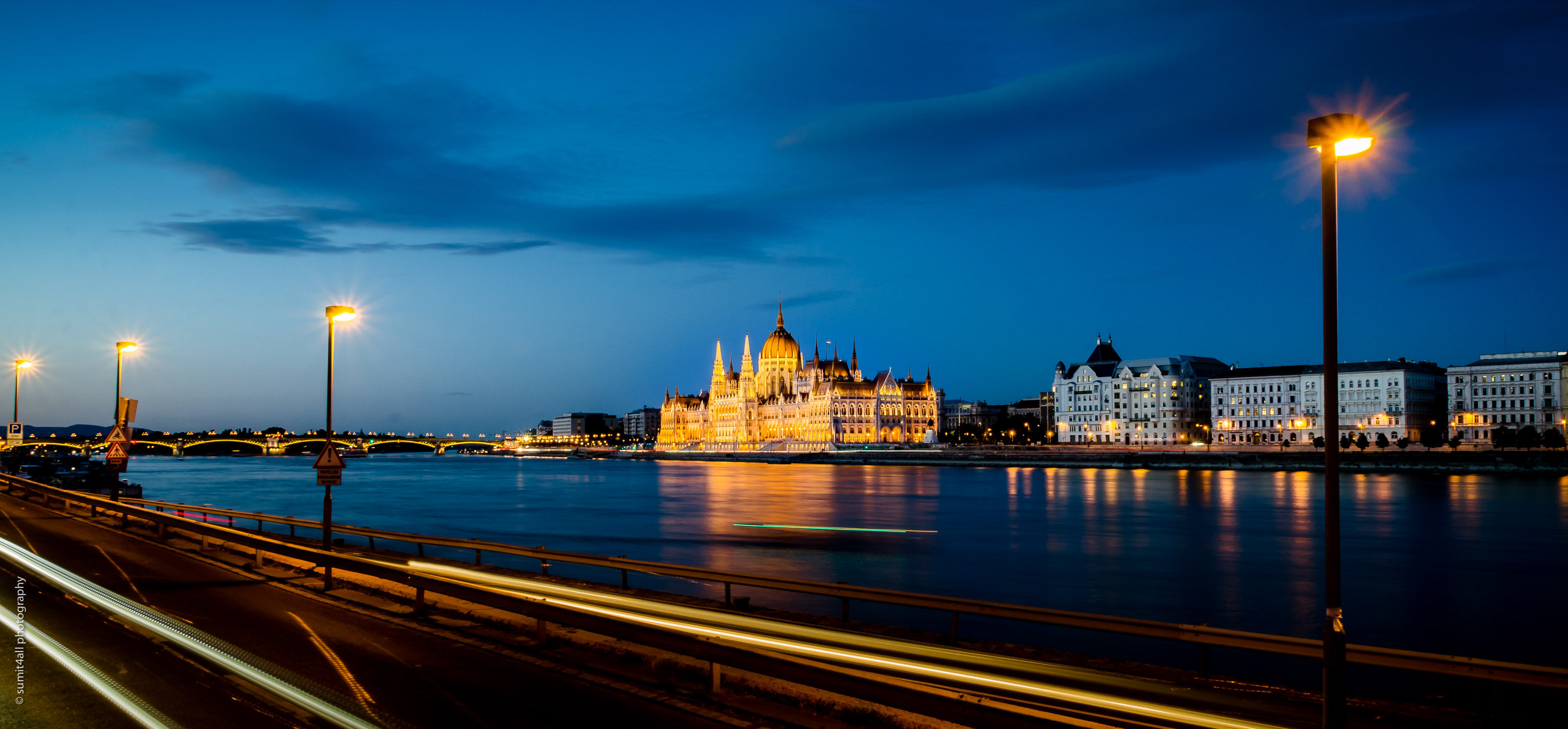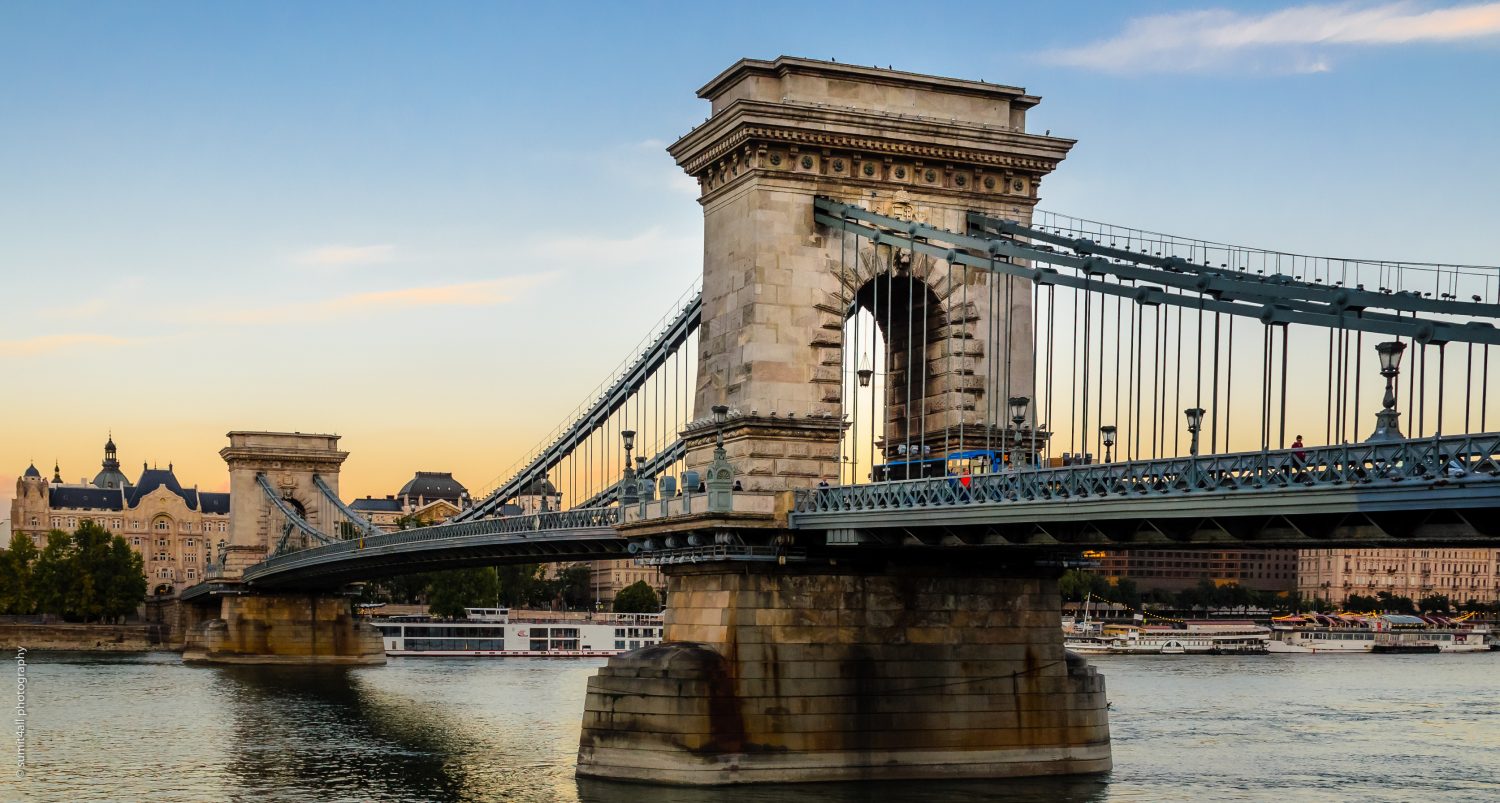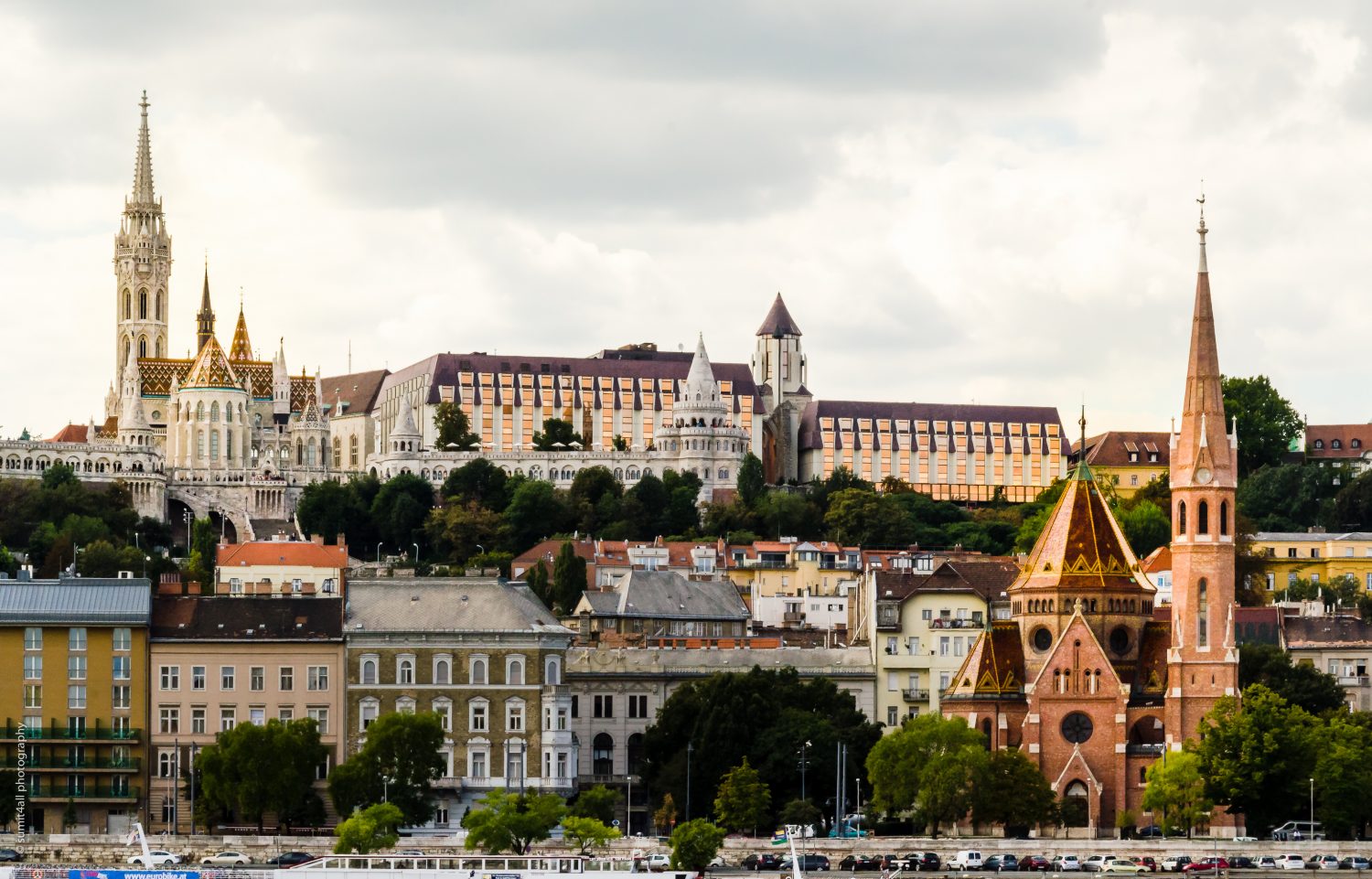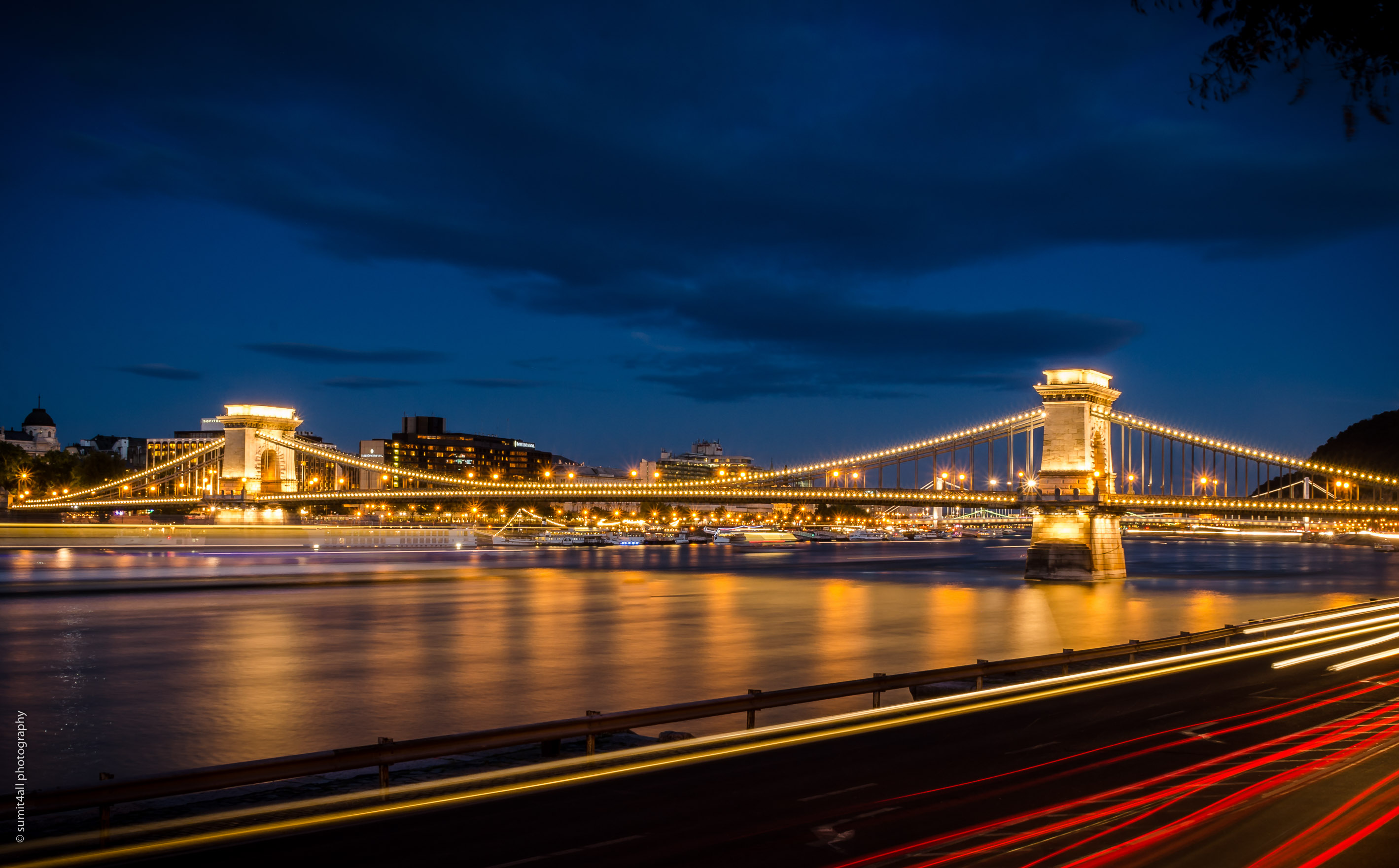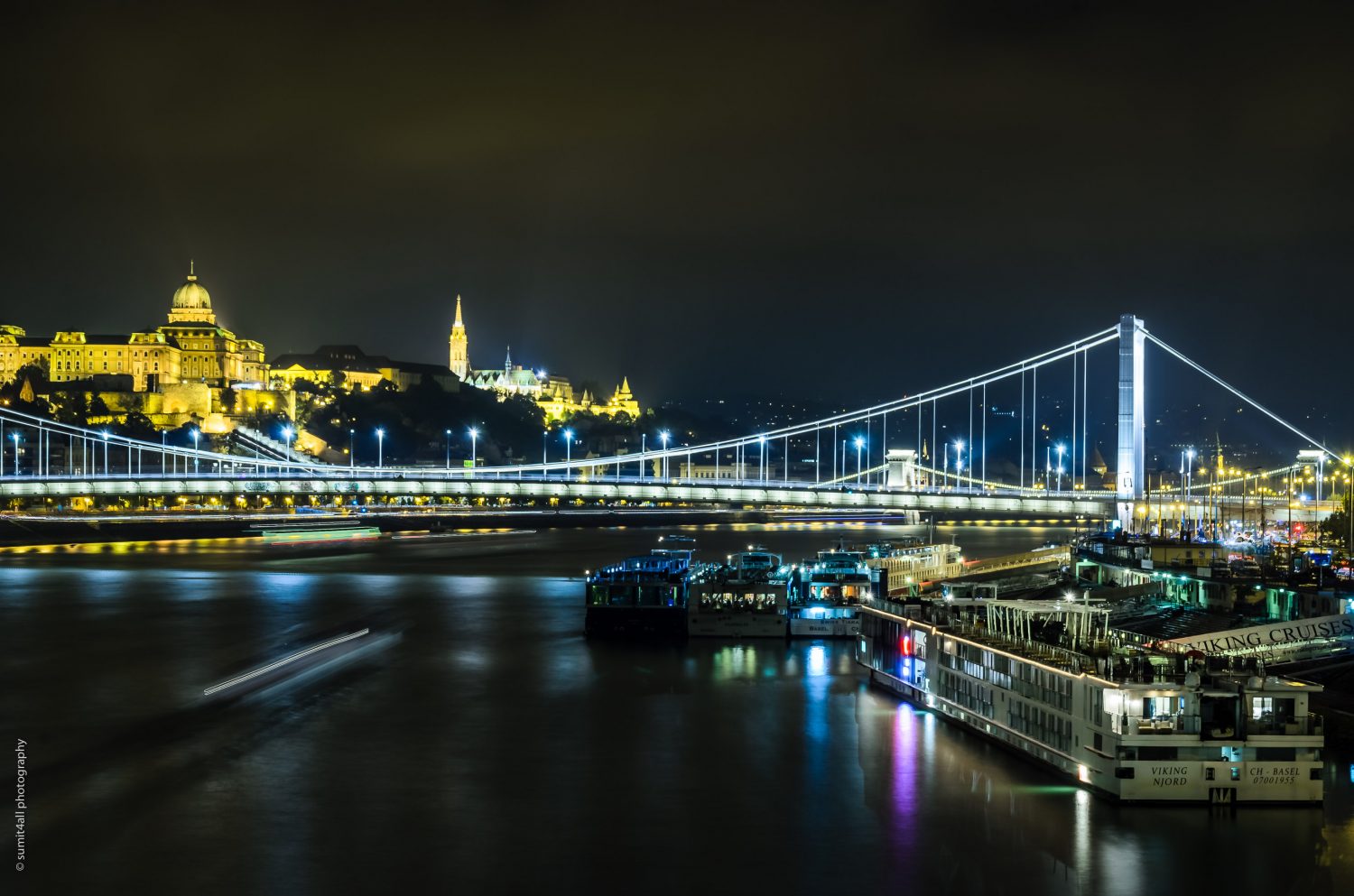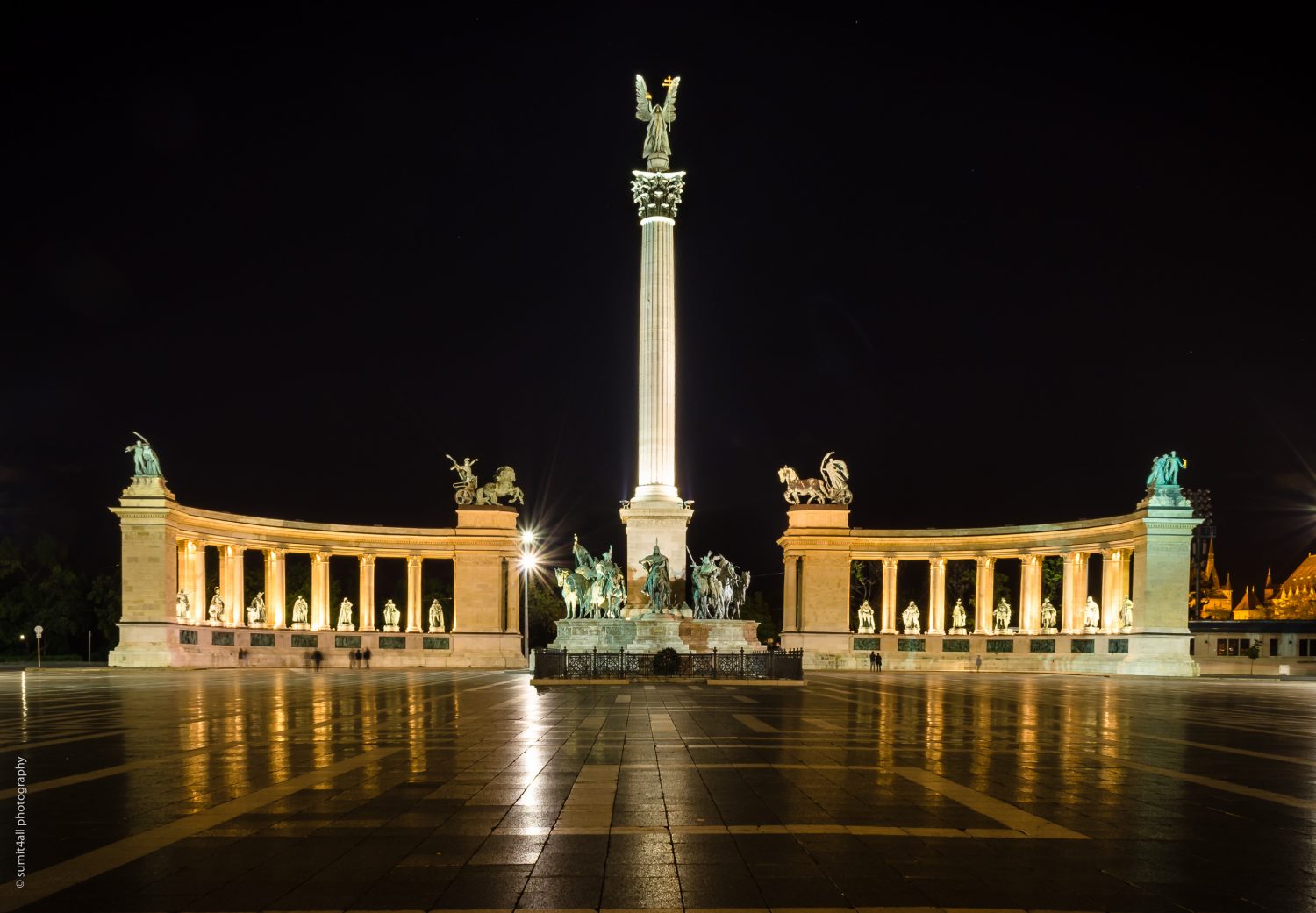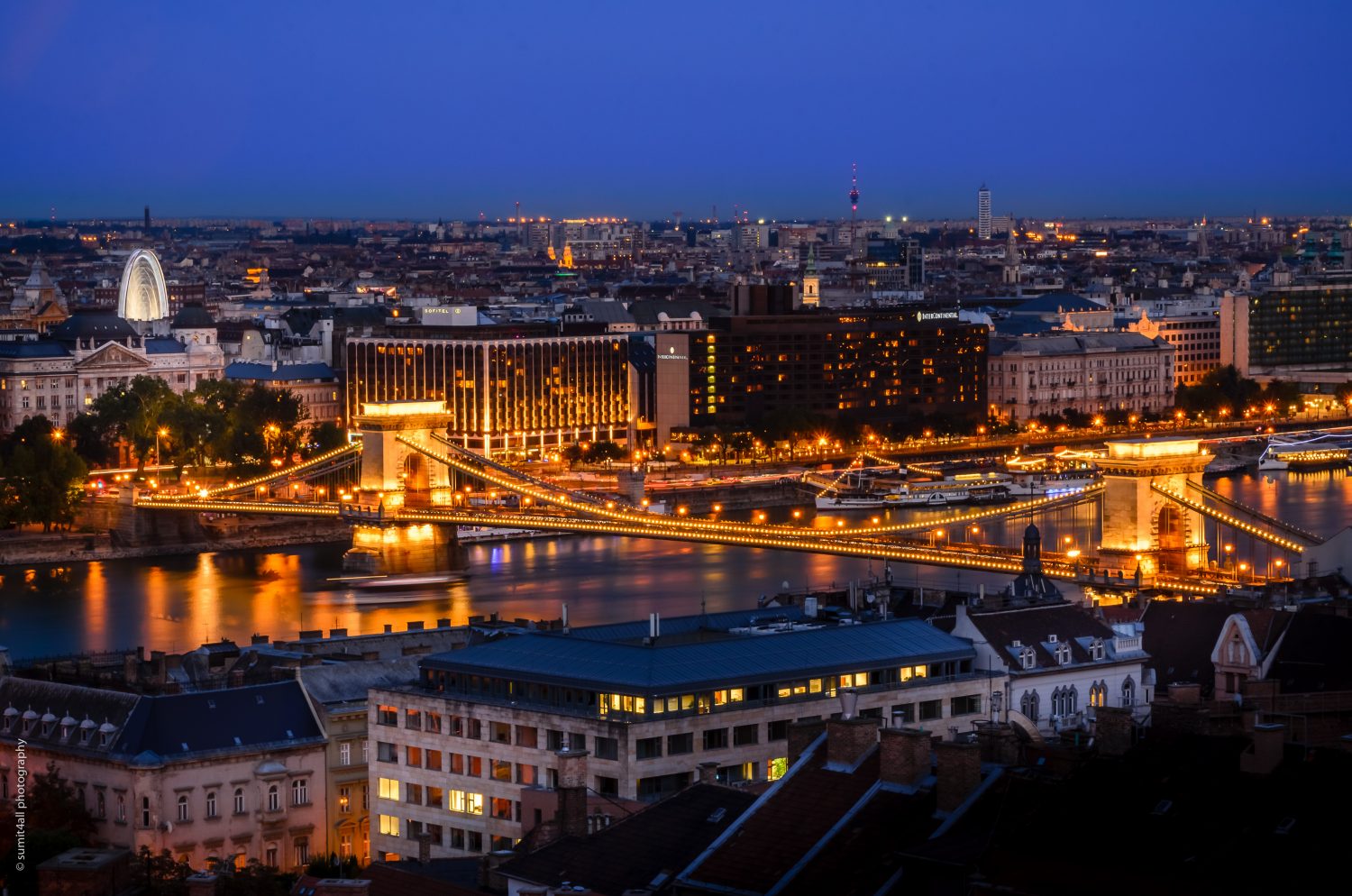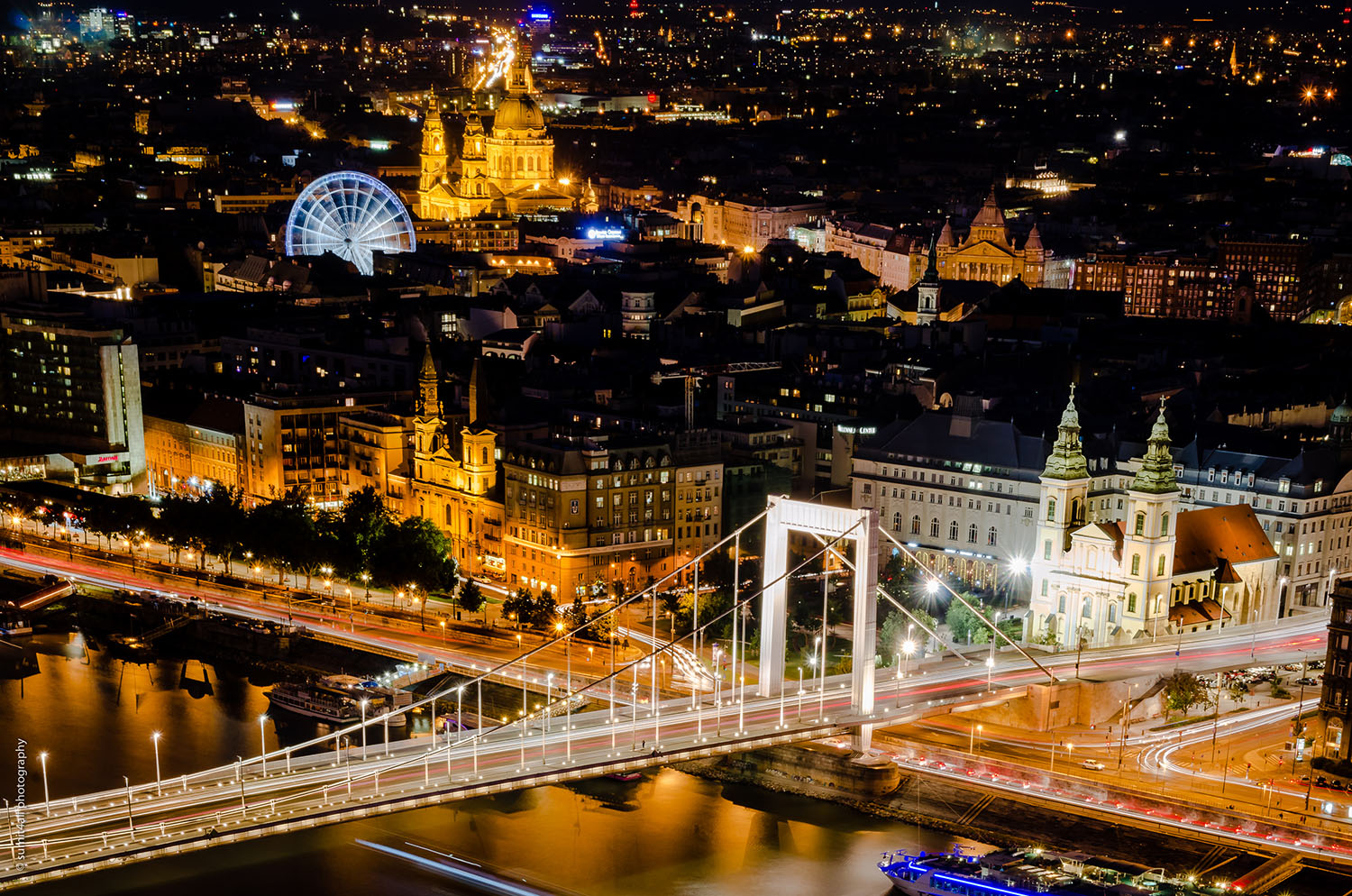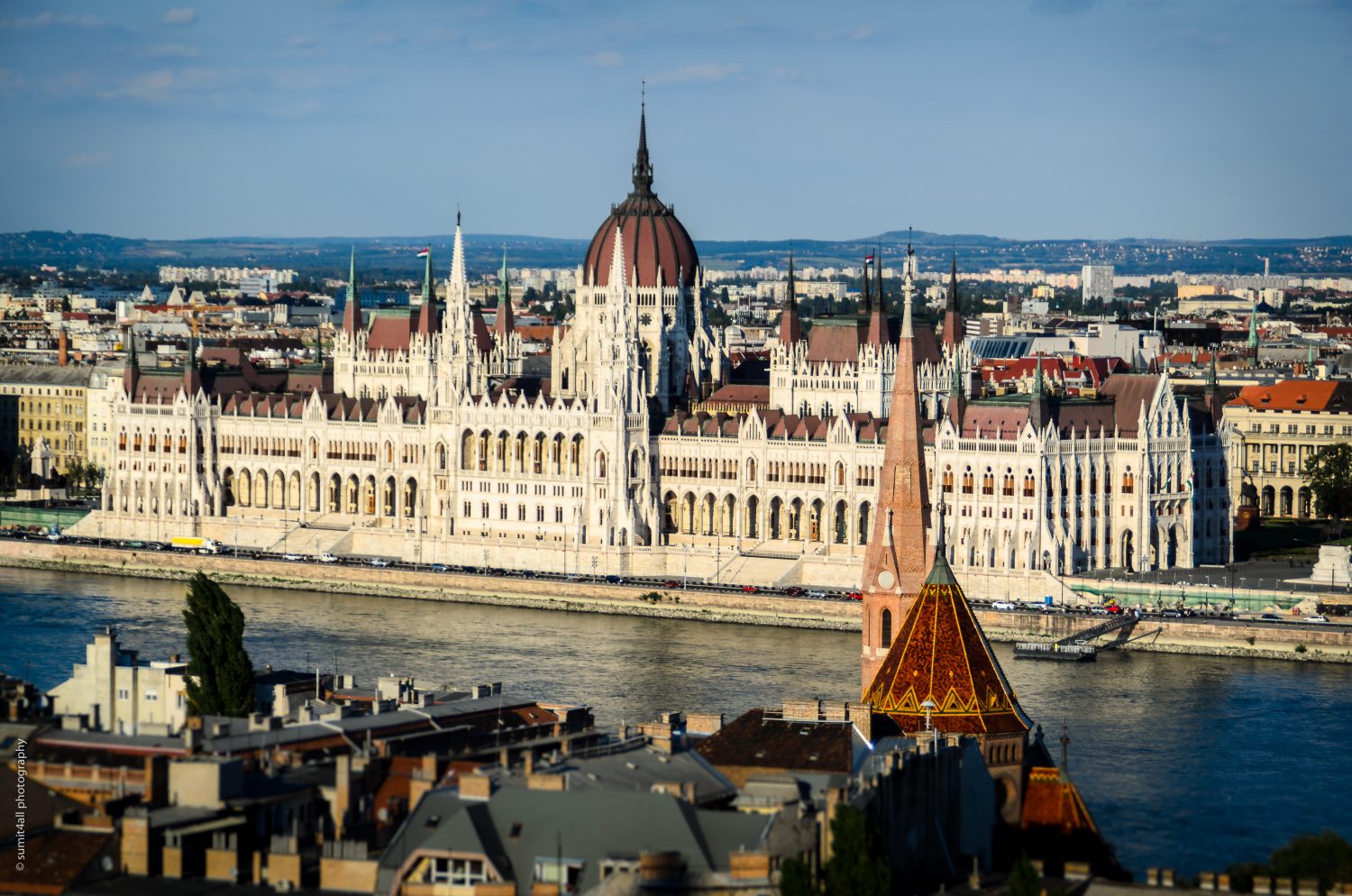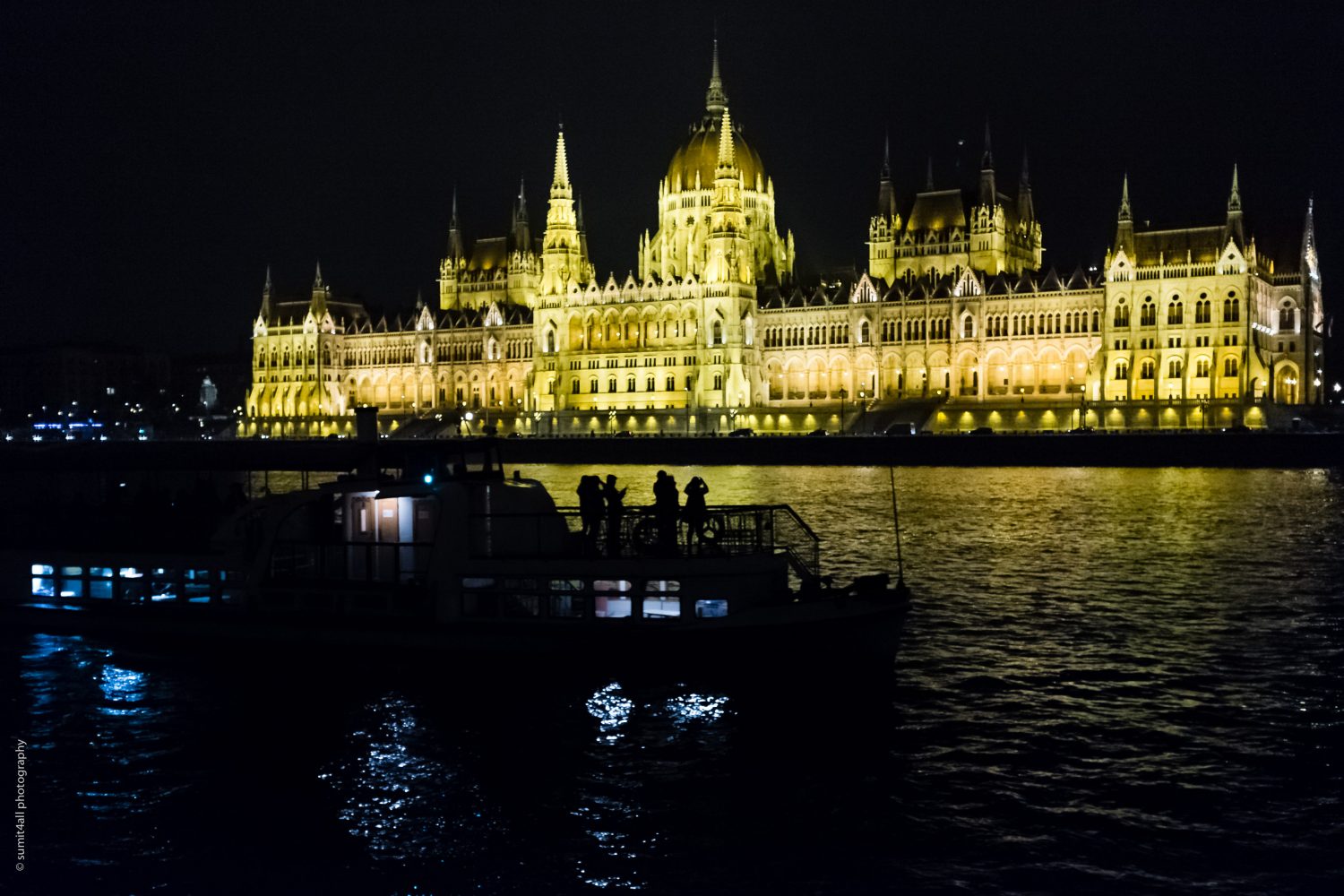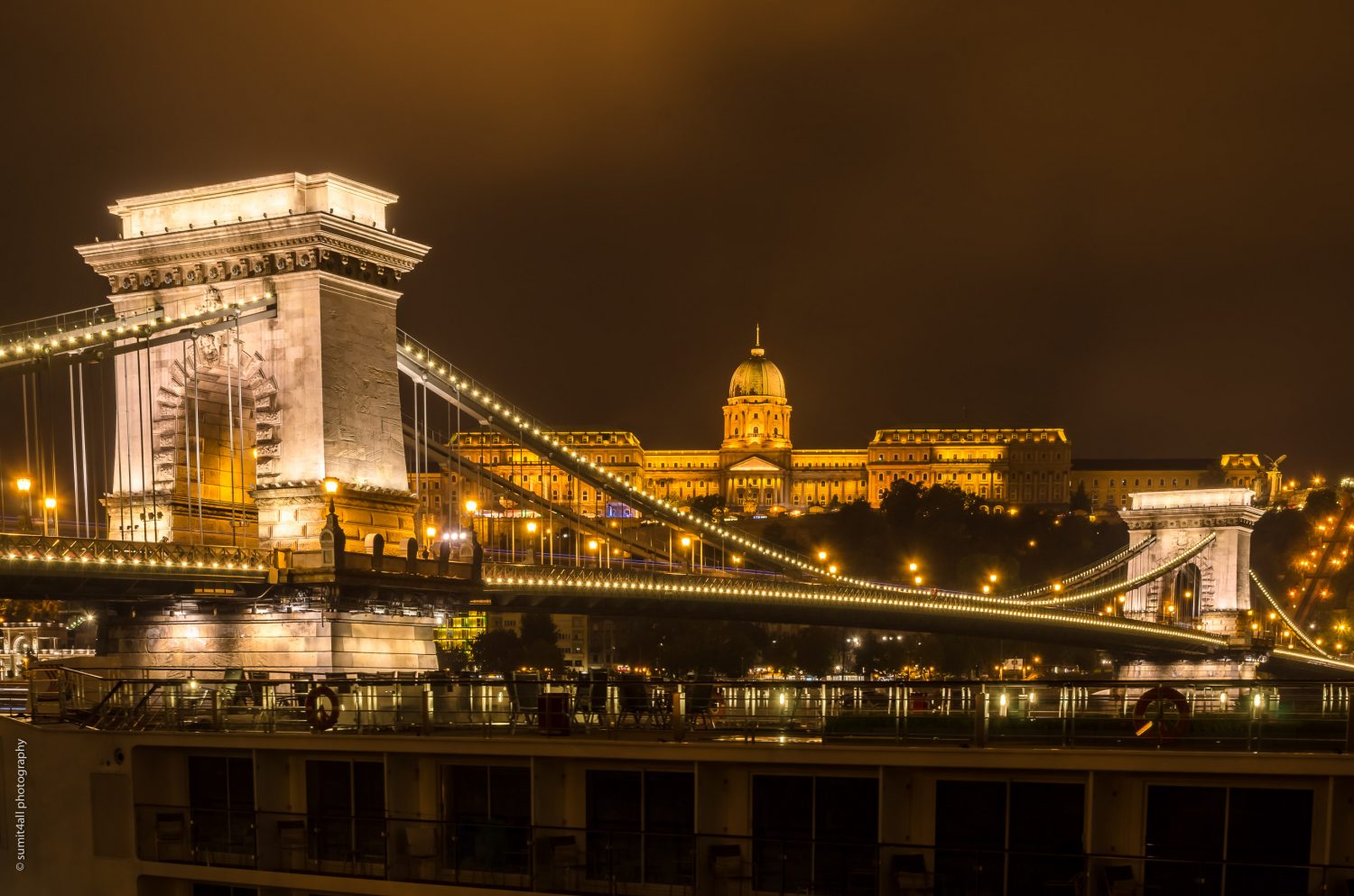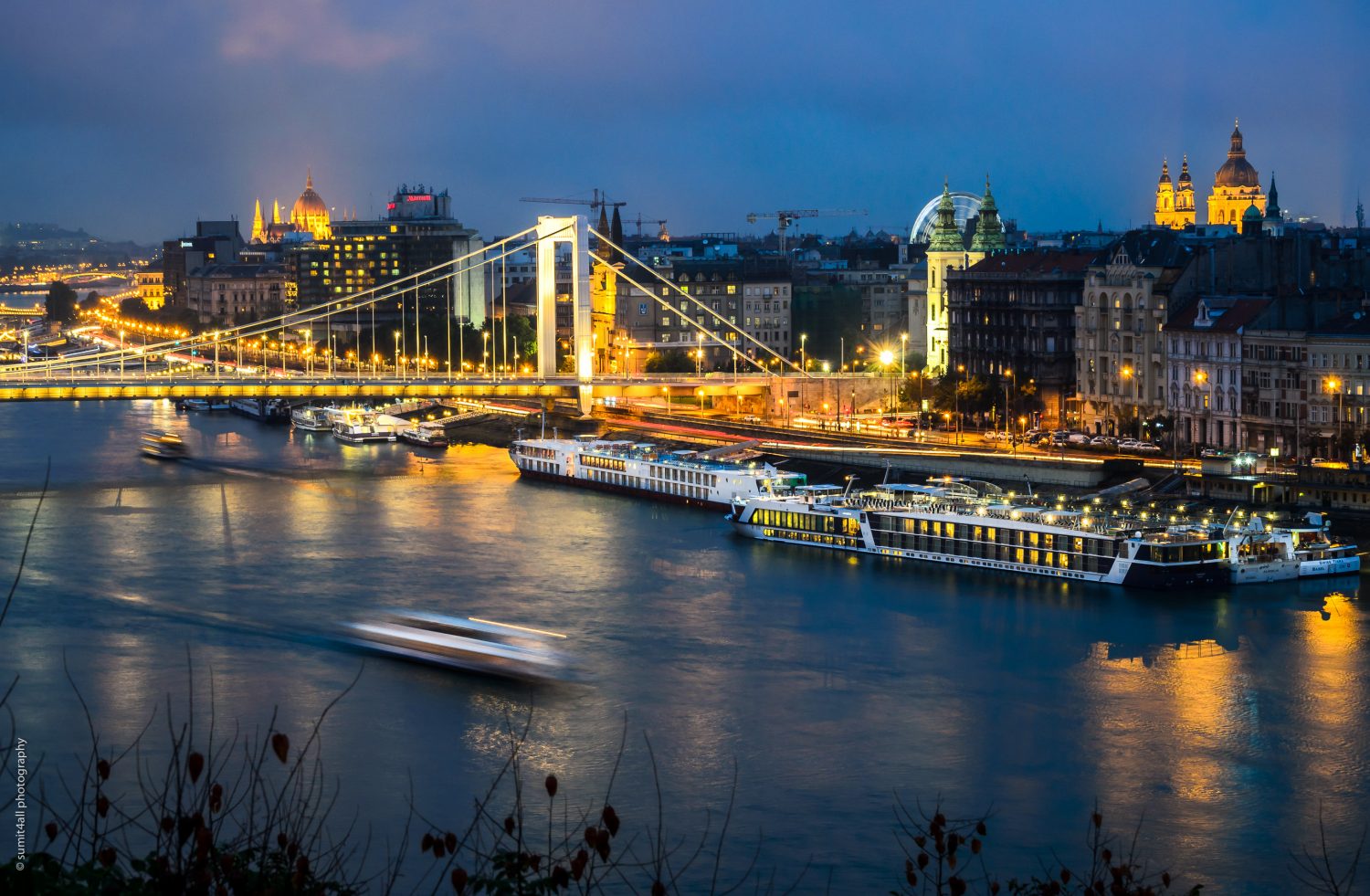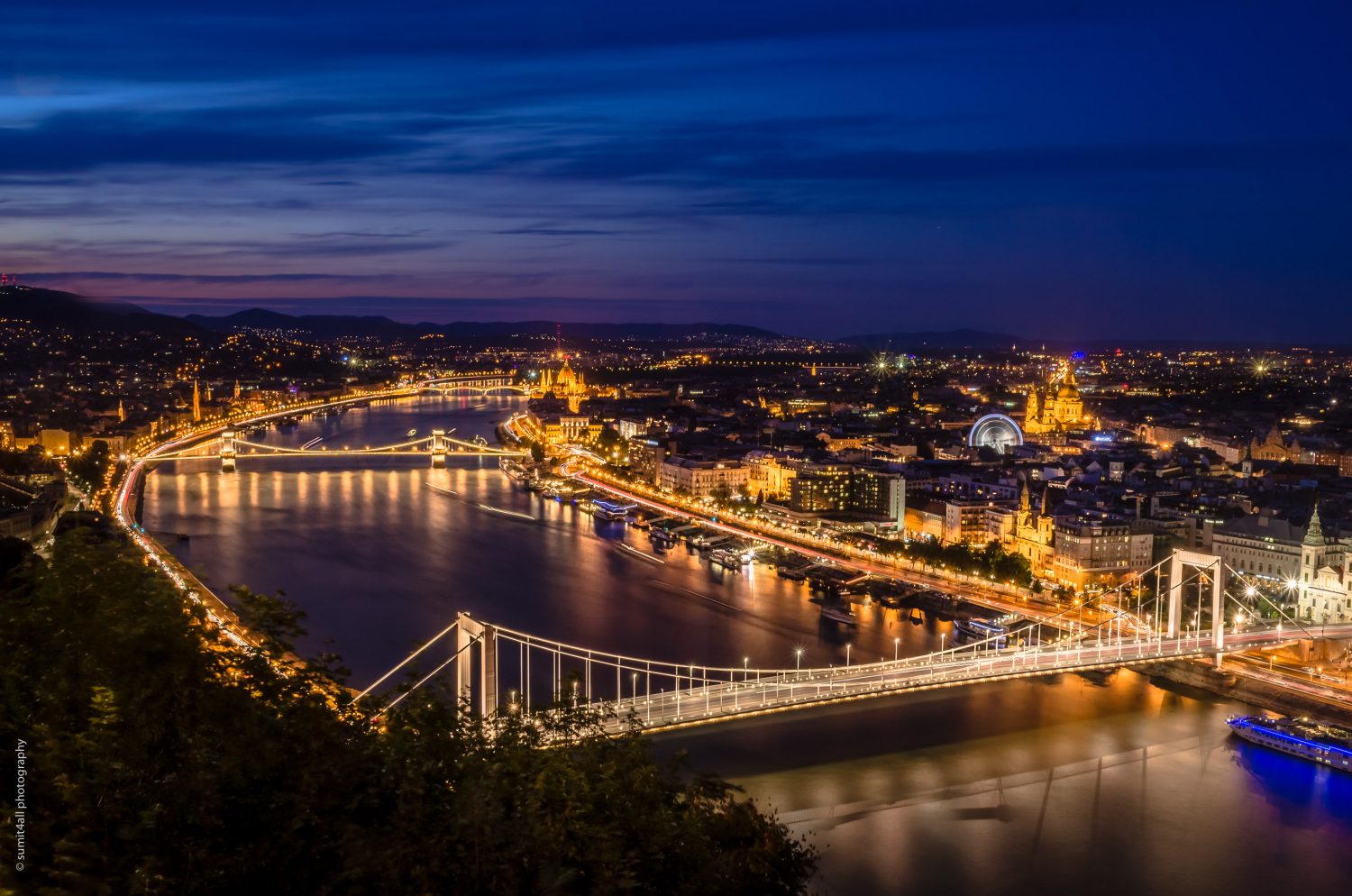One look at the Budapest’s cityscape and it is obvious why the city has been ranked as the ‘second most beautiful city in Europe’ by Conde Nast Traveller, and ranked 7th ‘Europe’s most idyllic place to live in’ by Forbes. Considering these prestigious rankings, it therefore should be no surprise when I say that Budapest is a photographer’s dream come true!
Impressions
I visited Budapest in September 2015 for a five night stay. My first impression is that Budapest is a big city, and very underrated. Spending five days in this city was nothing short of magical for the photographer in me. The city felt like mini Paris (you must know by now I love Paris) – with the Danube flowing right through it, and the numerous bridges and buildings wonderfully lit up in the evenings. If anyone needs a less expensive, less touristy alternative to Paris, I would gladly recommend Budapest. And I am sure one visit is not going to satisfy my desire of photographing this city.
Comprising of two cities – Buda and Pest – came together with a third, Obuda in 1873 to form Budapest. The Danube separates hilly, residential Buda from its flatter, industrial counterpart Pest. Budapest really should be considered up there with Rome and Paris in terms of beauty.
The history of the city is evident when one walks through the streets. A bullet hole from the dark days of World War II or shrapnel marks in walls from the 1956 revolution is a reminder of the horrible past the city has seen. Even the architecture in Budapest – majestic churches, synagogues, museums, galleries, historic buildings, baroque structures, eclectic arty buildings, and of course, the ancient Turkish baths, keeps the past and its struggle alive.
While these are things we are used to see in every city, and we normally just pass them by while traveling, photography has allowed me to indulge in the history and significance of every day moments. Over the years my travels have taught me a lot about different worlds out there, and how we are all connected by hidden and visible bonds. It has taught me to love all, learn from all, and most importantly, respect all and be humble.
History
The region was first inhabited by the Celts as early as before 1 AD, after which it was occupied by the Romans. In the medieval 15th Century, Budapest was conquered by the Ottomans that lasted for well more than 140 years. This Turkish reign gave the city some of its prominent baths that are still in use today, more than 500 years after the reign.
Industrialization and modernization in the 19th century was speckled with the Hungarian independence struggle, and 1867 saw the birth of Austria-Hungary, with Budapest as the twin capital. This period marked the first phase of development in Budapest, lasting until the World War I, when Austria-Hungary lost the war, collapsed and gave birth to the independent Republic of Hungary in 1918.
Just before the end of the II World War in 1944, the city was partly destroyed by British and American air attacks. It suffered more damage when the city was besieged during the Battle of Budapest between the Soviet and Romanian troops and German and Hungarian troops. All bridges over the river were destroyed by the Germans. However, after the war when Hungary was liberated from the Nazis by the Soviet Red Army, the Soviets took hold of the political affairs in the country.
With so much destruction after the war, most of the city has to be rebuilt. However, on seeing the city it is difficult to say so, as the planners have retained the original architecture and charm of the city. Not all the buildings have been rebuilt though, and the remaining are a grim reminder of its tough past.
Photographing Budapest
Right from the moment I stepped into the city, I knew there were many great photographs to be made here. Each building prompted me to creatively make a new composition of this beautiful city – Budapest.
Budapest has seven bridges linking the two sides of the Danube. The Elisabeth Bridge was destroyed by the Germans and was rebuilt in 1964, the famous Chain Bridge was built in 1849, and the Liberty Bridge, an art Nouveau style bridge was rebuilt in 1989. Then there are also the Margaret Bridge, Arpad Bridge, Petofi Bridge and the Rakoczi Bridge, all well-known tourist attractions.
Needless to say, illuminated bridges over a river gives you many unique perspectives to photograph the city. This photograph (below) of the Elisabeth Bridge illuminated in white light at night with the St. Stephen’s Basilica in the background was shot from a nearby hill. Finding such vantage and different viewpoints is what I look forward to when I visit any city.
Just after sunset (also called blue hour) is my favourite time to photograph as I find the best colours, right from the blue and orange hues of the sky to the golden of the artificial lights and tail-lights of the traffic streaking in red make for spectacular images. Very often I spend hours crouching on my knees, mulling over the best perspectives I could gather, but the aches in my muscles due to all the crouching are often worth it when I see the different photos I could make.
A must visit for any tourist in Budapest in the Fisherman’s Bastion. The turrets, minarets and walls built to complement the Mathias Church are reminiscent of the 15th century medieval era. This photograph was taken from the Fisherman’s Bastion which presents some of the best views of the city. The Hungarian Parliament building can se seen in this photograph, which is still the tallest building in Budapest and one of the biggest Parliaments of the world. A tour of the building itself is also completely worth it.
Since the 14th century, the Buda Palace (in the photo above) has been the abode of the royalty all through the different reigns the city has seen through the ages. Currently housing the Hungarian National Gallery, the Budapest History Museum and the National Széchenyi Library, the Buda Palace was reconstructed after incurring severe damages in the World War II.
The Buda palace illuminated in yellow creates a wonderful contrast to the night sky with the illuminated Elisabeth Bridge in the foreground. The numerous bridges on the Danube gives you a lot of different perspectives to shoot from. This view is one of the reasons the city looks and feels like Paris.
It is just the lights at night that makes the city feel like Paris. The cafes in the city give the same feeling too. One should embark on a culinary journey through the cafes and restaurants that offer local Hungarian fare as well as a medley of continental and international cuisines. With more than 400 cafes in the city at the turn of the 20th century, one can never miss the experience and ambience that has churned out and inspired a number of writers, poets and philosophers.
Culture
Budapest is a cultural amalgamation of sorts. One can indulge in various forms of arts like music, dance, film and theatre, visual art, etc. A horde of artists are drawn to the city. A number of annual festivals take place in the city. The Sziget Festival is the largest music festival in Europe. The Budapest spring festival, the Budapest autumn festival, the Budapest wine festival, the Budapest Palinka Festival, the Budapest Pride Film and Cultural Festival, etc., are some of the many festivals that one can enjoy in the city.
A hidden beauty at every turn, a sprawling mesmerising architectural wonder on another side, and above all, the Danube – a silent serene witness to all the struggle of the past and the triumphs of the present, the above photographs should convince you that Budapest is the city where you should be heading to next!

